How do you choose which book will be your next read? While I build up my TBR based on recommendations from podcasts, book bloggers, and readerly friends, the decision of which book to read next is largely dictated by library holds, Kindle deals, and books I’m reading for a specific group or purpose.
Of the books I’m reviewing today, one was read for my own book club, one I read along with Luke for his book club/Bible study group, one fell into the baby prep category, and two were spontaneous picks chosen from my own Kindle library at a rare moment when I didn’t have any library holds waiting for me. Interestingly, my two “personal choice books” were the best and the worst of this batch!
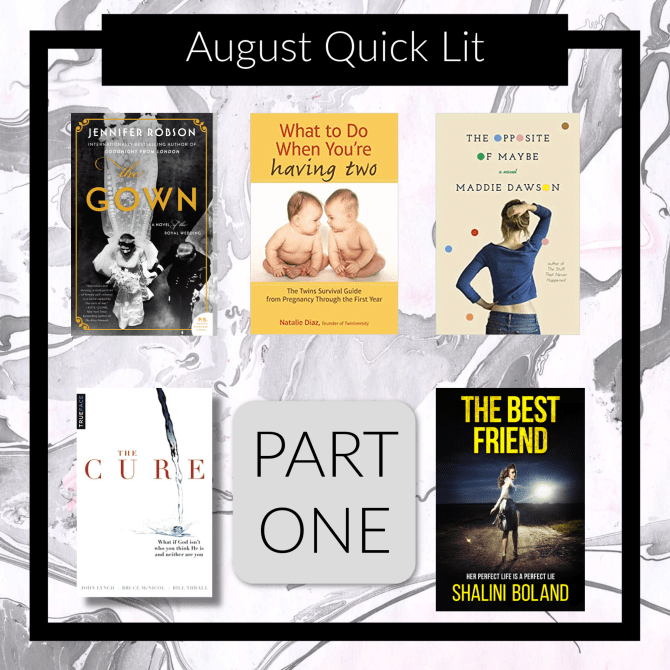
The Best Friend, by Shalini Boland: Louisa Sullivan has a great life: a hard-working husband, an adorable son, a job writing a weekly lifestyle column for a newspaper. But it can’t compare to the glamorous life of wealthy, gorgeous Darcy, another mother at Louisa’s son’s new school. So Louisa is intrigued and flattered when Darcy takes her on as a friend. The two are soon double-dating with their spouses and cohosting birthday parties for their sons. Darcy and her husband even agree to help Louisa’s husband start a new business. But soon Louisa begins to suspect that all is not right with their friendship. Darcy seems to be taking over Louisa’s life and jeopardizing her at every turn. But why? And what can Louisa do, especially when her own husband and sister doubt her claims that Darcy is not to be trusted?
I read this book with my book club, and previously had not heard of this author. But I’m always game for a psychological thriller! The writing of this one isn’t great and the novel is quite short, to the point of feeling incomplete. I would have liked more thoughtful plot twists, more character development, less predictability, and fewer “shocking” sharp turns that relied on ridiculous premises. That said, this is a definite page turner and a highly readable exploration of friendship, loyalty, and false perceptions. Bonus points for no steamy scenes and less language and violence than many similar titles.
My Rating: 3.5 Stars.
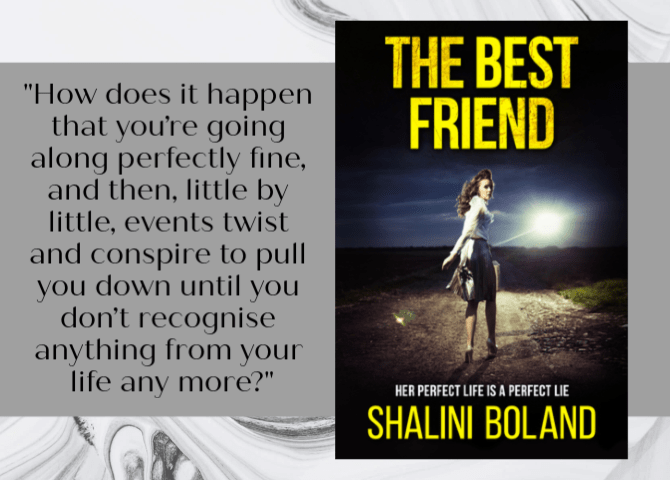
The Opposite of Maybe, by Maddie Dawson: At 44, Rosie leads a quiet but relatively happy life. She enjoys her job teaching English to adult learners, and she and her bohemian boyfriend Jonathan have settled into a happy cohabitation that has worked well for them for over a decade. So Rosie is surprised when Jason jumps at an opportunity to open a museum in California—then asks Rosie to become his wife before joining him there.
The two plan a quick wedding, but everything unravels before they can say “I Do.” Jonathan heads to California while Rosie moves in with her irascible grandmother Soapie. Rosie’s plan grows complicated when she finds herself unexpectedly pregnant, with nobody to turn to for help except her grandmother’s young caregiver—a single father named Tony with more baggage than he can shoulder but who happens to love all things pregnancy and is eager to help Rosie in every way possible. As Rosie grows close to Tony and his son, Milo, she begins to see the important role a father plays in a young child’s life and wonders if she is making the right choice in deciding to raise this baby on her own.
I was so impressed with Maddie Dobson’s Matchmaking for Beginners (a rare romance that I truly loved) that I was eager to read more from her. Sadly, The Opposite of Maybe doesn’t hold a candle to that delightful novel. Though it contains similar elements (a youngish protagonist, an unconventional older woman, complicated love stories), The Opposite of Maybe contains none of Matchmaking’s magic or delightful characters. The prose is decent but the plot is predictable and the book is way too long for how little actually happens. I struggled to get on board with the multiple affairs taking place within the story (all of which are passed off as completely acceptable) and was disappointed by the lack of character development or redemption. Although I enjoyed reading about pregnancy while pregnant myself, the constant references to Rosie’s advanced maternal age grew tiresome—I know many women who have had healthy pregnancies in their forties, yet this is presented as an extreme anomaly and highly ill-advised.
Regular readers of romance might enjoy this book, but as this isn’t my usual genre, a romance really needs that wow factor to keep my attention, and that is something The Opposite of Maybe is definitely lacking.
My Rating: 2.5 Stars.
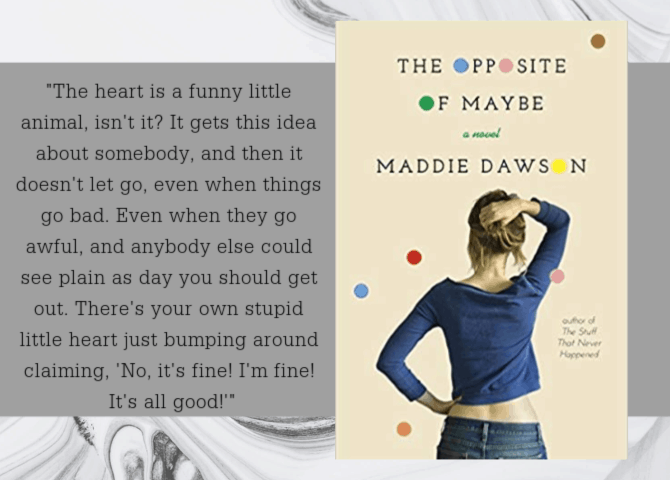
What to Do When You’re Having Two: The Twins Survival Guide from Pregnancy Through the First Year, by Natalie Diaz: With the twins’ due date inching closer, I’ve entered full nesting mode, and part of my preparation has involved—you guessed it—reading up on all that’s in store for me. I’m of two minds on the topic of books about babies and parenting. Reading about these subjects helps me feel better prepared and makes me aware of important information. Unfortunately these books can also be stressful as they tend to set a standard I know I won’t be able to meet, and they can lead to unnecessary worry about circumstances outside my control. My strategy has been to read these books, but to hold their recommendations loosely and disregard information that is unhelpful. (This of course is easier said than done.)
In this book, twin mom Natalie Diaz guides parents through pregnancy, birth, and the first year of parenting. Sharing from her own experience and that of the parents she works with through her organization, Twiniversity, she walks parents through twin-specific pregnancy concerns, helps readers what to expect during and after birth (including NICU stays), offers guidance for feeding, sleep-training, and caring for twins, and offers suggestions for specific twin gear and other resources.
I enjoyed Diaz’s humorous tone and passion for parenting twins. I also found much of her advice incredibly useful, specifically her pregnancy to-do lists (organized by trimester), her specific gear suggestions, her lists of nursery, diaper bag, and hospital bag must-haves, and her sample birth plan.
Other parts of the book were less helpful. The book definitely caters to first time parents, so some of the information was redundant for me, having already experienced pregnancy, birth, and the baby stage with one child. Not all of Diaz’s tips will work well for families with additional children (her advice for a calm third trimester and bed rest were laughable considering the presence of another child in the home). Other aspects of the book were frustrating and stressful for me to read (the assumption that twin moms will be on bed rest, deliver early, and have babies in NICU; her advice to skip the birthing classes because twin moms don’t have the luxury of a positive birthing experience; her insistence that a glider will be unnecessary since feeding twins is stressful and not conducive to a calm feeding environment. . .). However, there was also some information that gave me hope (for instance, apparently twins don’t usually wake one another with their crying) and enlightening (you can co-swaddle twins!). And of course I enjoyed hearing from twin parents who have survived and are thriving in life with their twins!
I don’t regret reading this book and overall I feel that it was more beneficial than harmful for me to read. Whether or not all of the advice is truly useful or accurate remains to be seen!
My Rating: 4 Stars.

The Cure: What if God isn’t who you think He is and neither are you?, by John Lynch, Bruce McNicol, and Bill Thrall: I read The Cure along with Luke, for whom the book was assigned reading as part of the men’s leadership group he’s involved in at our church. The book comes from the authors of Bo’s Café (which I loved) and revolves around a parable of a man following two paths that lead to two very different rooms: The first is filled with well-meaning, mask-wearing Christians who, fueled by shame, are obsessed with managing their sin in order to please God. The second room is filled with people who are relying on God’s grace alone, and are trusting Him to provide hope, healing, salvation, and purpose.
While the style and format of the book are creative and well-intended, I never really connected to the parable, which was much too theoretical for me to fully embrace and comprehend. That’s not to say that this isn’t a worthwhile read. The book is filled with powerful, important truths and highlights a number of misperceptions held by many Christians (myself included). I especially resonated with the authors’ thoughts on learning to trust God rather than trying to please Him; the value of transparent community and how it is the most effective path to true healing; and the ways in which God’s grace—and our acceptance of this gift—shapes our destiny, which is rooted in our relationship with Jesus and centers on opportunities to love others (which is difficult to do when we are preoccupied with our own sin issues).
I’ll admit to struggling with some of the theology in this book, specifically the emphasis on abandoning “obedient behavior” and instead focusing entirely on Christ’s love. While I understand the premise of this paradigm, I have a hard time reconciling it with Scripture’s mandate (specifically in the Old Testament) to turn from our sinful nature and live a life of obedience to God. This dichotomy was especially apparent as I was working my way through the books of Kings, Chronicles, and Isaiah while reading The Cure. Luke and I have had many discussions about this, and haven’t formed any solid conclusions; I recognize it might just be an example of my attempting to hold onto control (i.e., I have yet to fully embrace God’s grace), but I can also see how this quandary may be the result of an oversimplification of the Gospel by many Bible teachers (including the authors of this book). If you have any thoughts on this, I’m open to further discussion!
This book is clearly intended to be studied within a group context, as the last 25% of the text consists of activities and discussion points for a video study. I have no doubt I would have enjoyed (and perhaps understood) this book much more if I hadn’t attempted to read it on my own, and I’m looking forward to hearing any takeaways Luke’s group has after reading.
My Rating: 3.5 Stars.
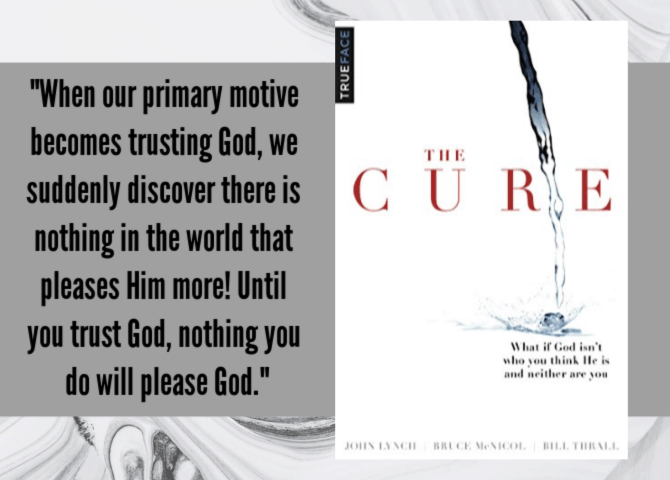
The Gown, by Jennifer Robson: In 1947 London, where the people of postwar Britain are suffering under terrible economic conditions while struggling through the harshest winter in living memory, the nation finally has something to celebrate: the upcoming wedding of Princess Elizabeth. Fashion designer Norman Hartnell is commissioned to design the princess’s wedding dress, and the embroiderers at Harnell’s Mayfair fashion house couldn’t be more excited about their new project. Among those who will be working on the dress are longtime employee Ann Hughes and recent French immigrant Miriam Dassin, who have formed an unlikely friendship and support each other as they pursue love and career ambitions under difficult circumstances.
In 2016, Canadian Heather Mackenzie is seeking to unravel the mystery of some intricately embroidered fabrics bequeathed to her by her recently deceased grandmother. Heather’s nan had never spoken of her early years in England, so Heather is curious as to how her grandmother came to posses these embroideries that resemble those on the wedding dress worn by Queen Elizabeth nearly seventy years earlier. Her investigation leads her to London, where she uncovers the secrets of her grandmother’s past and is exposed to the life of a seamstress in 1940s London.
The Gown offers a unique behind-the-scenes look at an important historical event. For those looking for information about the Royal Family, you won’t find it here—this is strictly the story of the women behind The Dress, and I enjoyed the glimpse into these hard-working women’s lives and the ways they were affected by the war. It was particularly interesting to see how their experience is shaped by the fact that they are single women in a time when women who held jobs and lived alone were an anomaly. I’ve read several WWII stories, but few books set directly after the war, and I really enjoyed this setting—not quite as dramatic as a books set just a few years earlier, but every bit as compelling and a tad more relatable.
While I enjoyed all three protagonists—especially the unique perspective each woman adds to the story—my favorite was Miriam, who has risen up from the trauma of being a French Jew in a concentration camp and is determined to forge a new life for herself. Miriam is strong and confident while remaining compassionate and tender, all characteristics that come through in her artistry. Her reflections on postwar London (especially her skepticism of the Londoners’ obsession with the Royal family) are particularly insightful.
This was a slow read for me, and I’m not quite sure why. I enjoyed the story and learned a great deal, but something about the narration simply didn’t draw me in. Still, I’m glad that I persevered through this well-crafted, realistic, and emotionally resonant novel. Great for fans of historical fiction with modern-day connections and a genealogical component.
My Rating: 4 Stars.
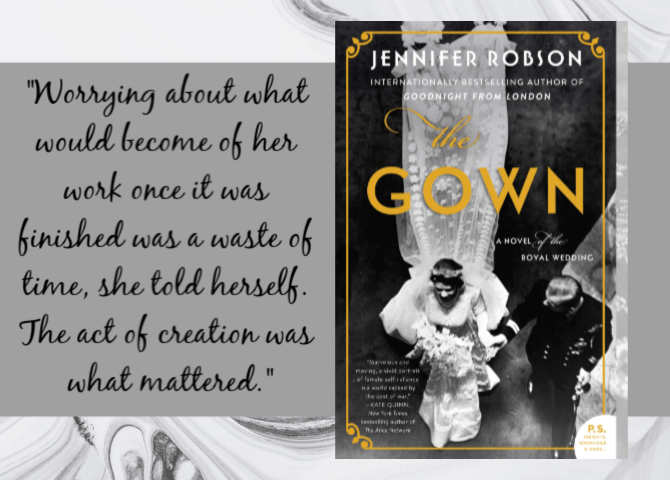
I’ll have five more book reviews for you next week. In the meantime, happy reading!